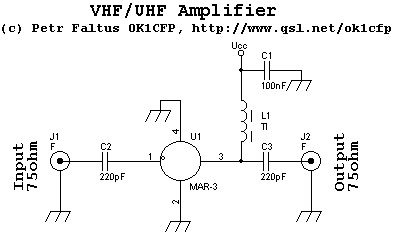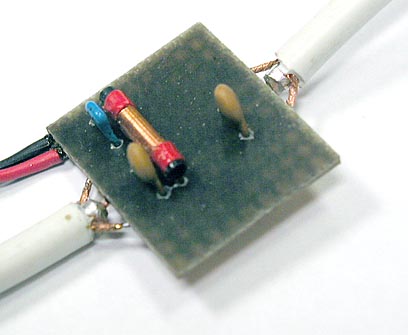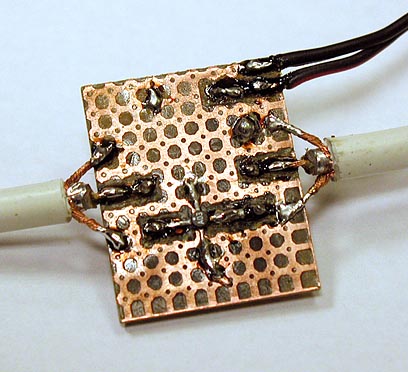Follow along with the video below to see how to install our site as a web app on your home screen.
Note: This feature may not be available in some browsers.
Aren't all TV stations UHF now? Designing a UHF amplifier requires microwave technology and the wiring is like plumbing. A short length of wire in an inductor that does not pass UHF.
Many years ago I tried an antenna amplifier for VHF and it was severely overloaded by all the local stations. It might work if your TV was way out in the boonies where there are no local stations.
![VHF-Amplifier[1].gif VHF-Amplifier[1].gif](https://www.edaboard.com/data/attachments/52/52089-135f7179d64a630f6b046257411c5975.jpg)
![uhf-antenna-amplifier-circuit1-550x445[1].gif uhf-antenna-amplifier-circuit1-550x445[1].gif](https://www.edaboard.com/data/attachments/52/52088-32e9196bc42bca4eea0bb1d9c8a6fbc1.jpg)
Don't you have any strong local stations that will overload the transistor?



bear in mind that for best results the amplifier should be at the antenna end of the co-ax cable.
Could it be that the house antenna, connected directly to the device, causes the signal to become so strong that it cuts off?